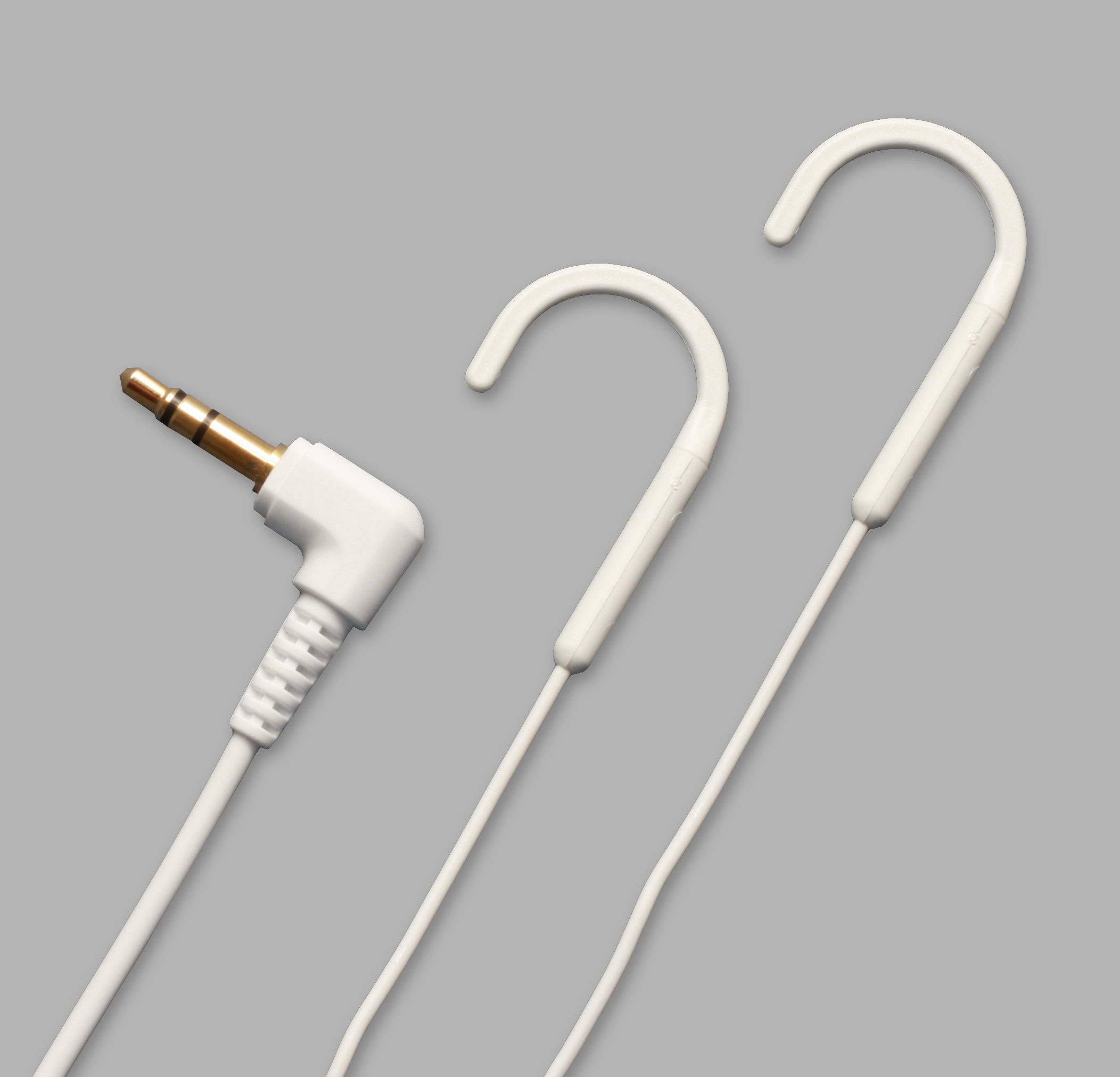A review by guest blogger and clinician Daniel Pistritto:
These days it seems like almost everywhere you look, you are bound to see people going about their daily routines with music or something similar playing in their ears. Just this morning alone, as I commuted to the clinic on the train I seemed to be surrounded by people either listening to music, chatting on the phone or catching up on the latest episode of Game of Thrones on their phones, tablets or laptops; all of them plugged into their devices via some form of headphones or earbuds. Using these types of devices can be difficult if you wear hearing aids; headphones can cause your aid to whistle and ear buds cannot be inserted due the tip or mould fitted in your ear canals. Luckily though, most of us have a setting on our hearing aids that can help.
A telecoil is a small coil of wire inside your hearing aid which acts as a receiver to pick up signals from loop systems nearby. You may have seen signs at train stations, cinemas, concerts halls, theatre’s or other venues which advise that a hearing loop is installed. These loops are connected to the sound system in the venue and transmit the audio as magnetic pulses instead of sound waves. The telecoil in a hearing aid picks up these pulses which are then converted to sound by the hearing aid and sent to your ear.
The telecoil on your aid can usually be activated via a ‘t-switch’ or as one of the programs on your aid. Some hearing aids even have a ‘mixed mode’ which allows the microphones to remain enabled whilst the telecoil is on.
There are many devices available that utilize the telecoil in a hearing aid to help the hearing impaired hear all manner of sounds from the doorbell or telephone to the television but to listen to your favourite music on the train or while exercising there is a great device called the MUSIC-Link that really does the trick.

The MUSIC-Link connects via the 3.5mm headphone socket in your device and looks very much like a regular set of earbuds except that instead of a speaker which sits in your ear, it has a hook which goes over the place where your ear meets the side of your head (basically the same place that the arm of a pair of glasses would go) There is a small loop of wire within each hook which transmits the sound to your hearing aid via it’s telecoil. The MUSIC-Link is small, inconspicuous and requires no batteries.
I’ve used many different assistive listening devices for quite some time; some I have found to be better than others but I can honestly say though that my MUSIC-Link is probably the one I prefer most of all because of its simplicity and the good clear volume that I get from it.
Another thing I have found the MUSIC-Link to be useful for is making and receiving calls from my smartphone. I use my phone’s microphone to speak into; holding the phone while looking at the screen (not holding it up to my ear) and the voice of the person I am talking to is sent straight to my hearing aids via the MUSIC-Link. No more struggling to understand someone on the phone!!
There are a few things I should note.
Firstly, just like if you were using regular headphones you should be cautious about the volume settings of your phone, iPod, etc. if using the MUSIC-Link as prolonged exposure to loud noise will cause irreversible damage to your hearing.
Also, if your hearing aid does not have ‘mixed mode’ then enabling the telecoil will disable the microphones on your hearing aid, which means you are reliant upon your unaided hearing to hear everything else around you. Depending upon the severity of your hearing impairment you may be unaware of the sounds around you if music is being received via the telecoil setting. Please practice caution and always be aware of your surroundings, especially if jogging or crossing the street.
I’ve found the MUSIC-Link to be a worthwhile investment which has served me well for many years. Being easy to use, battery free and simple in design, I highly recommend them to any hearing aid user.
